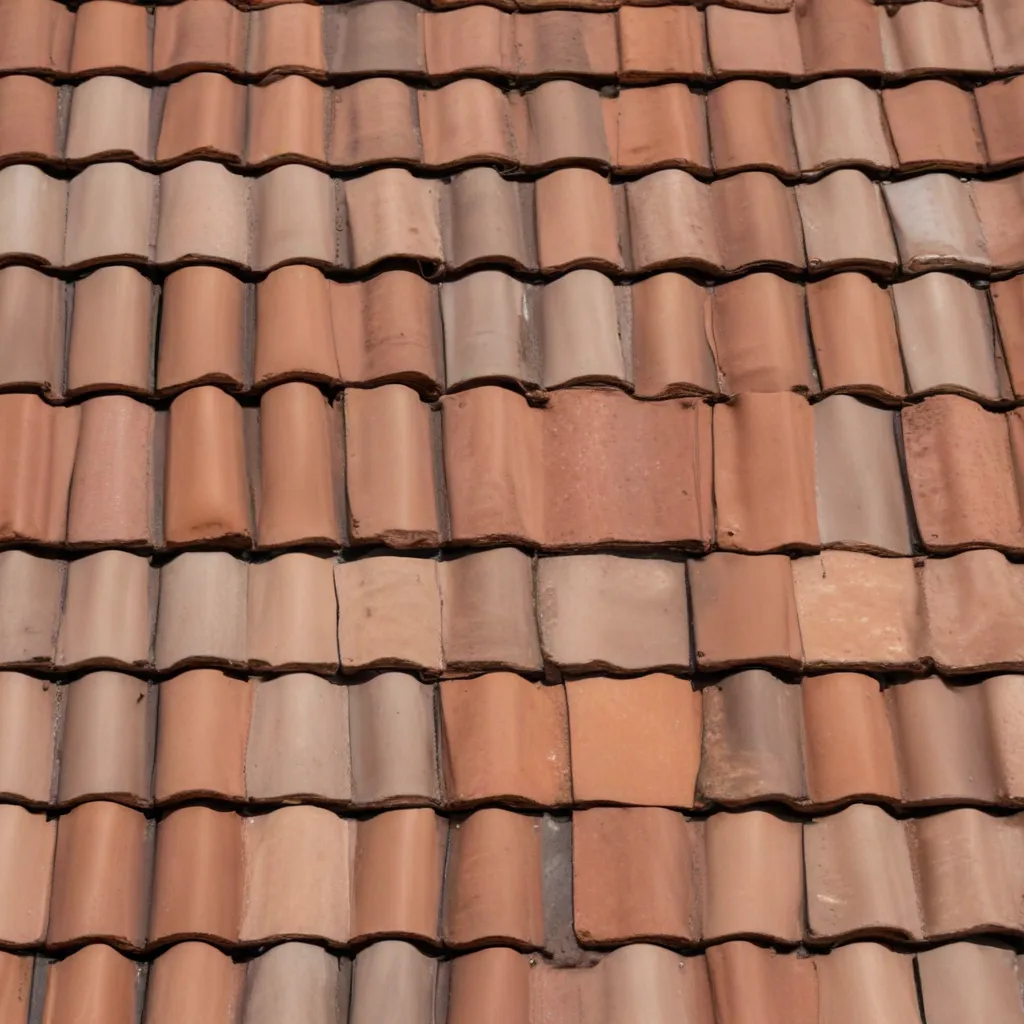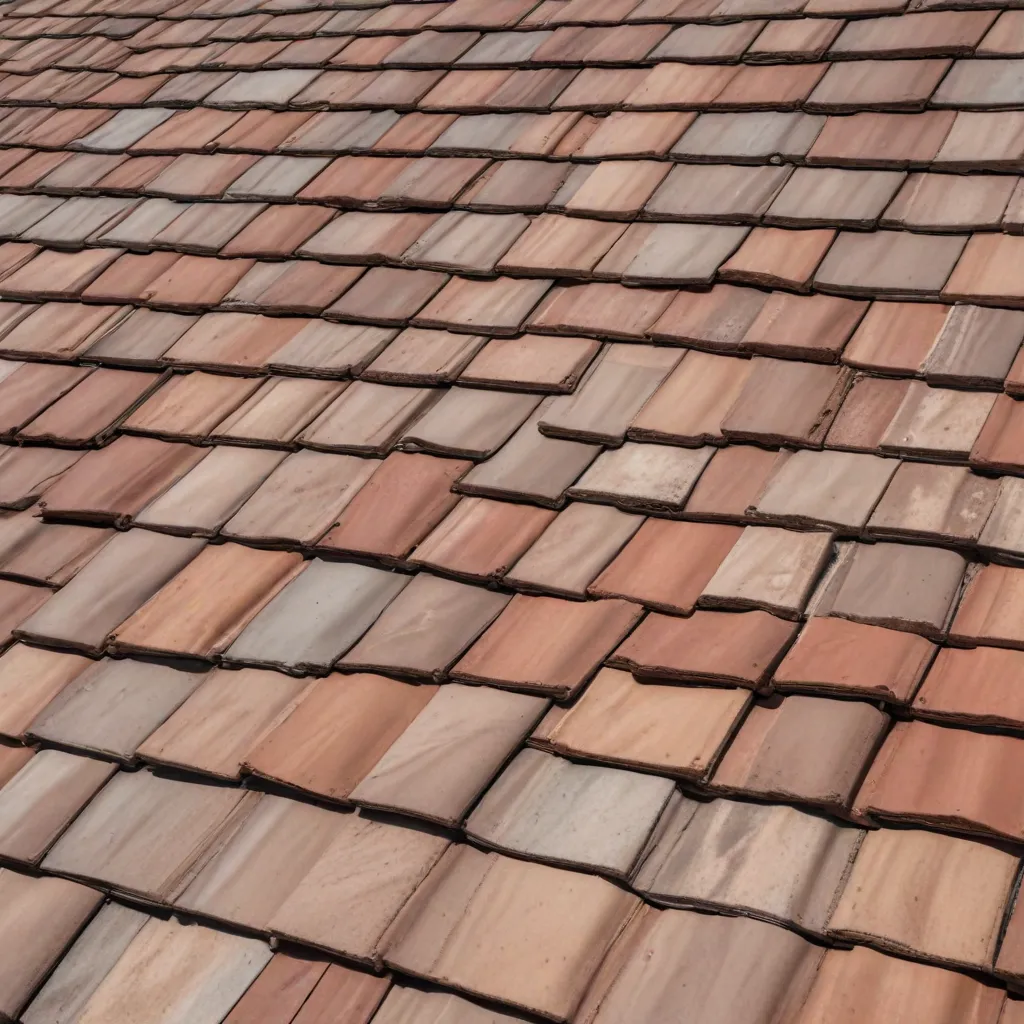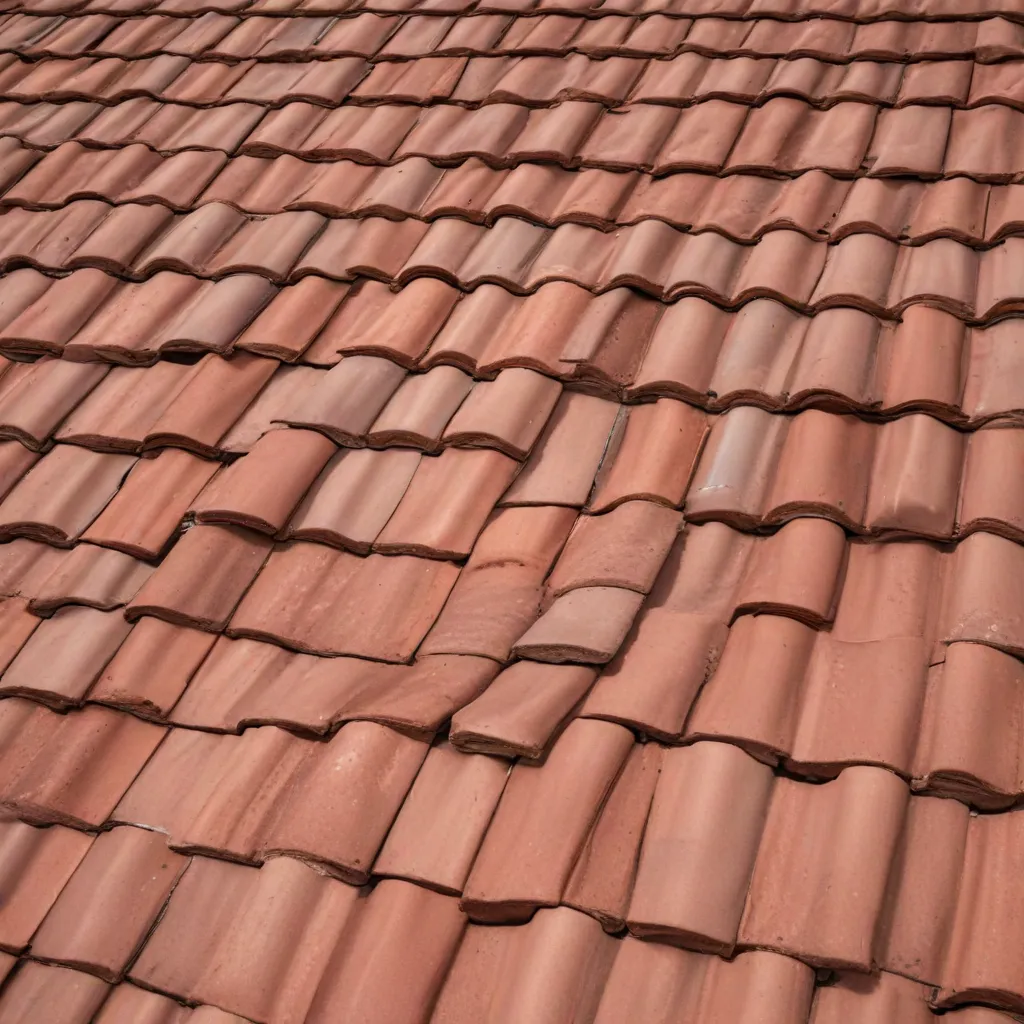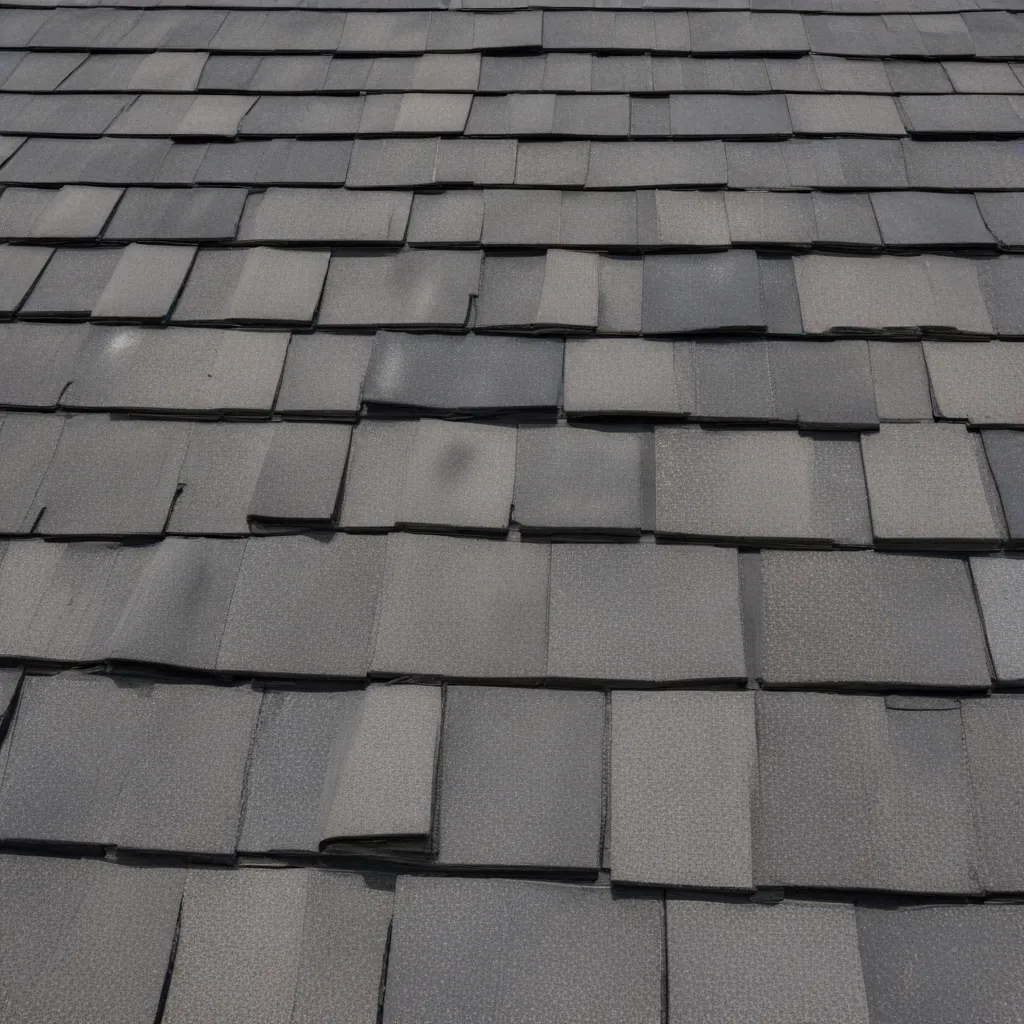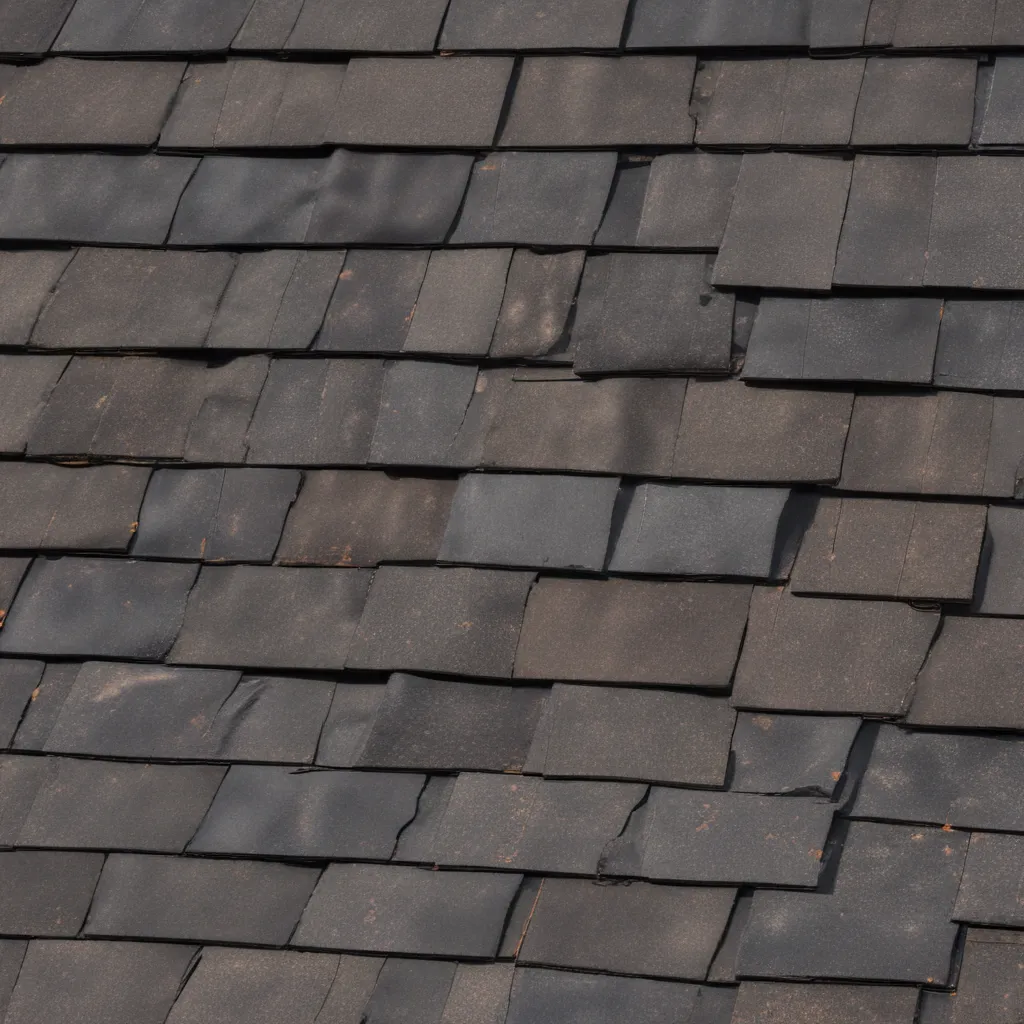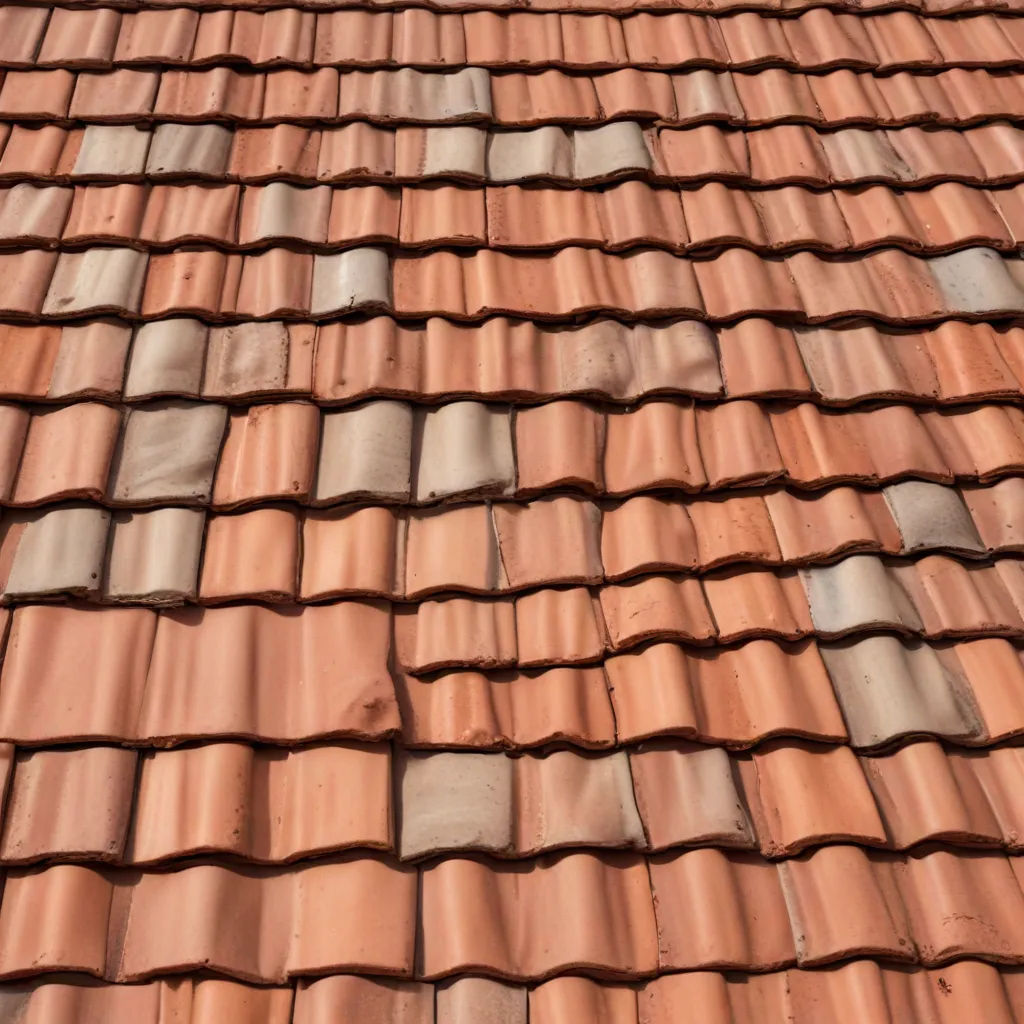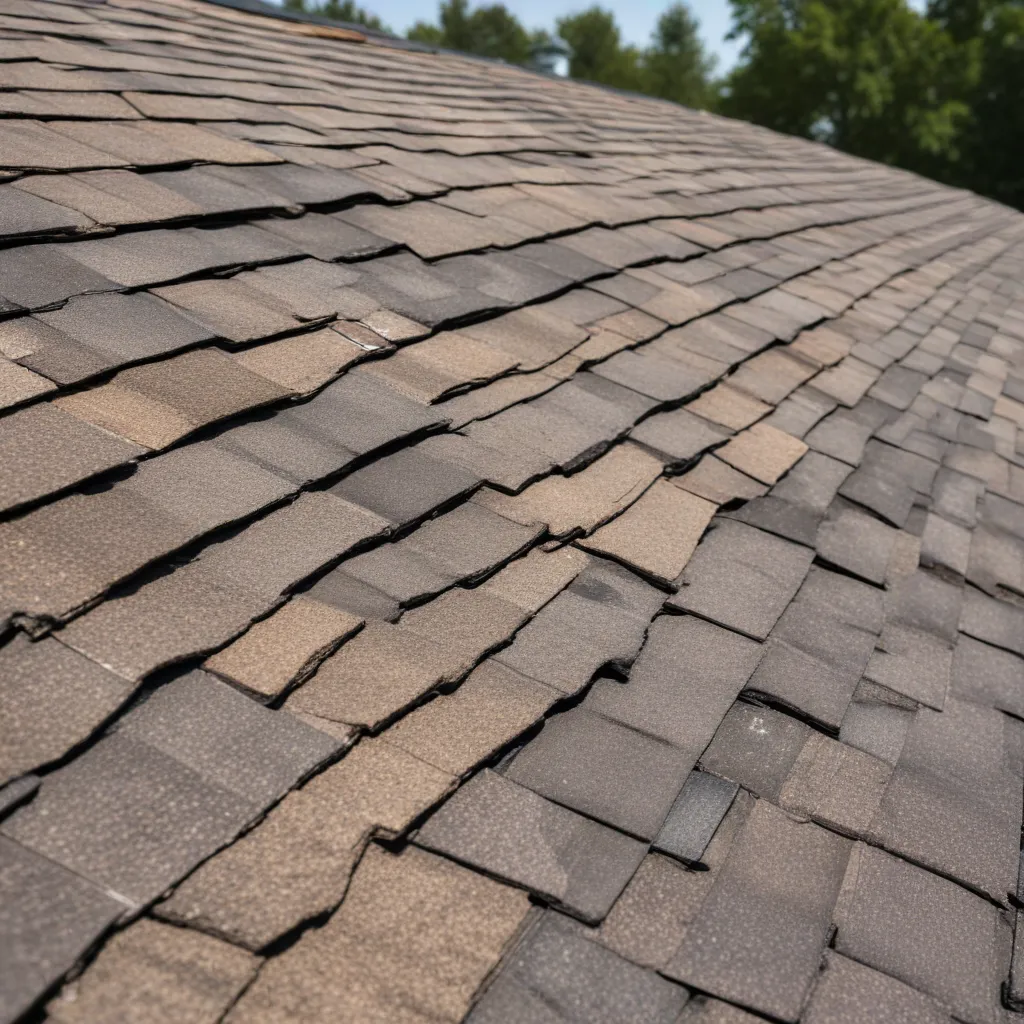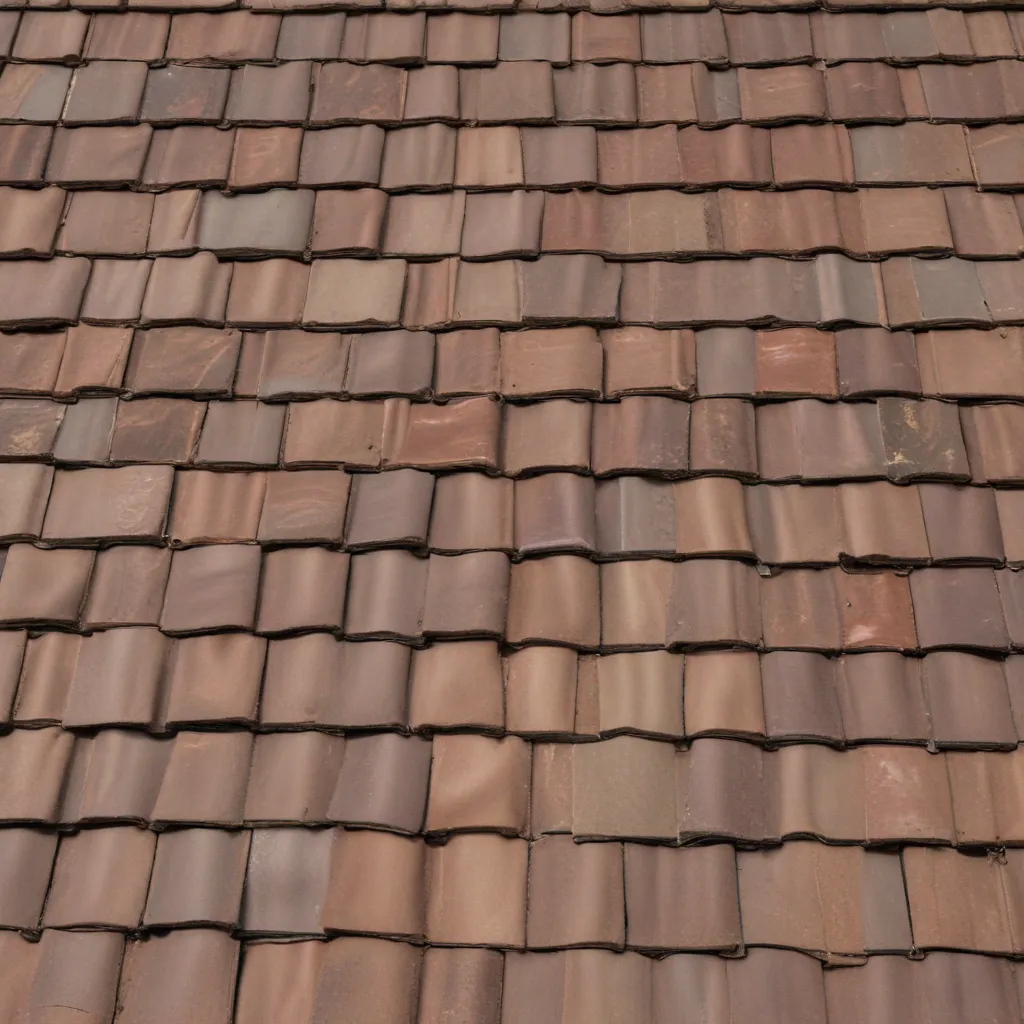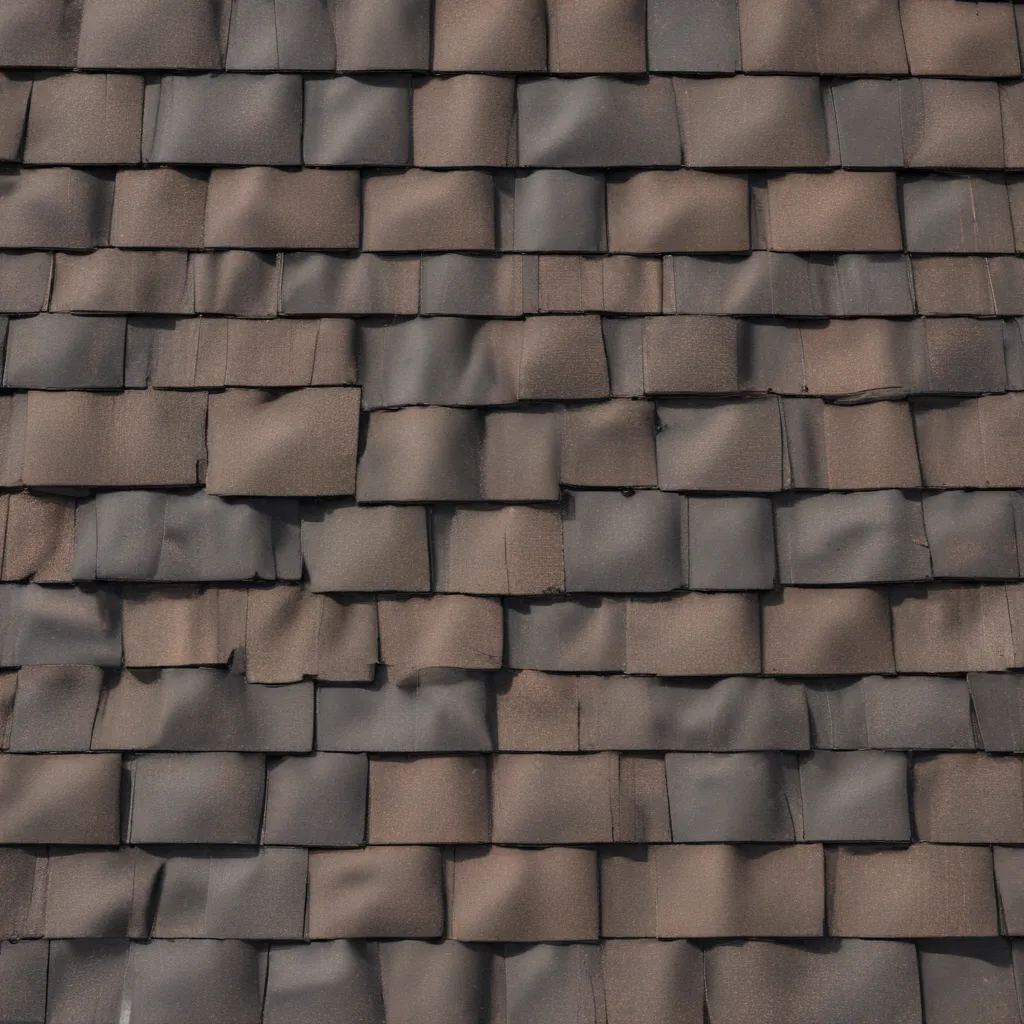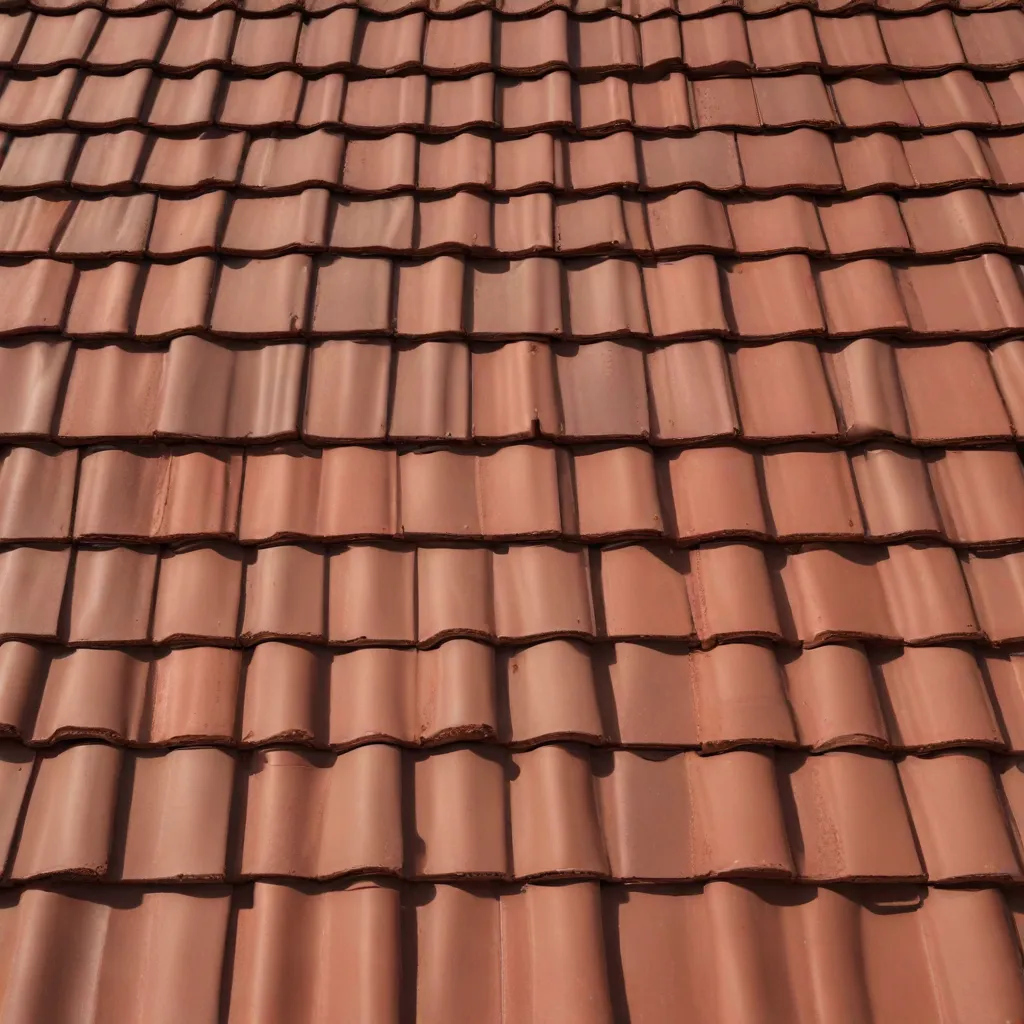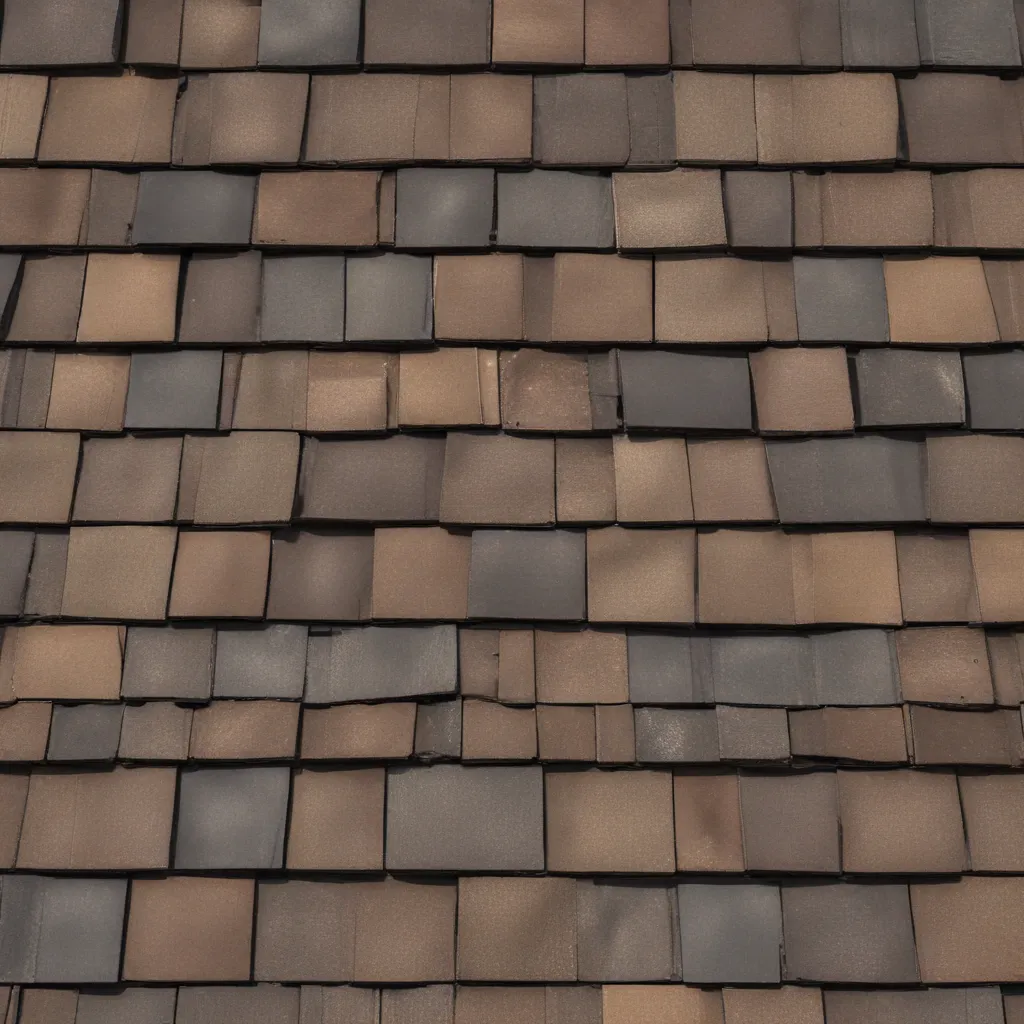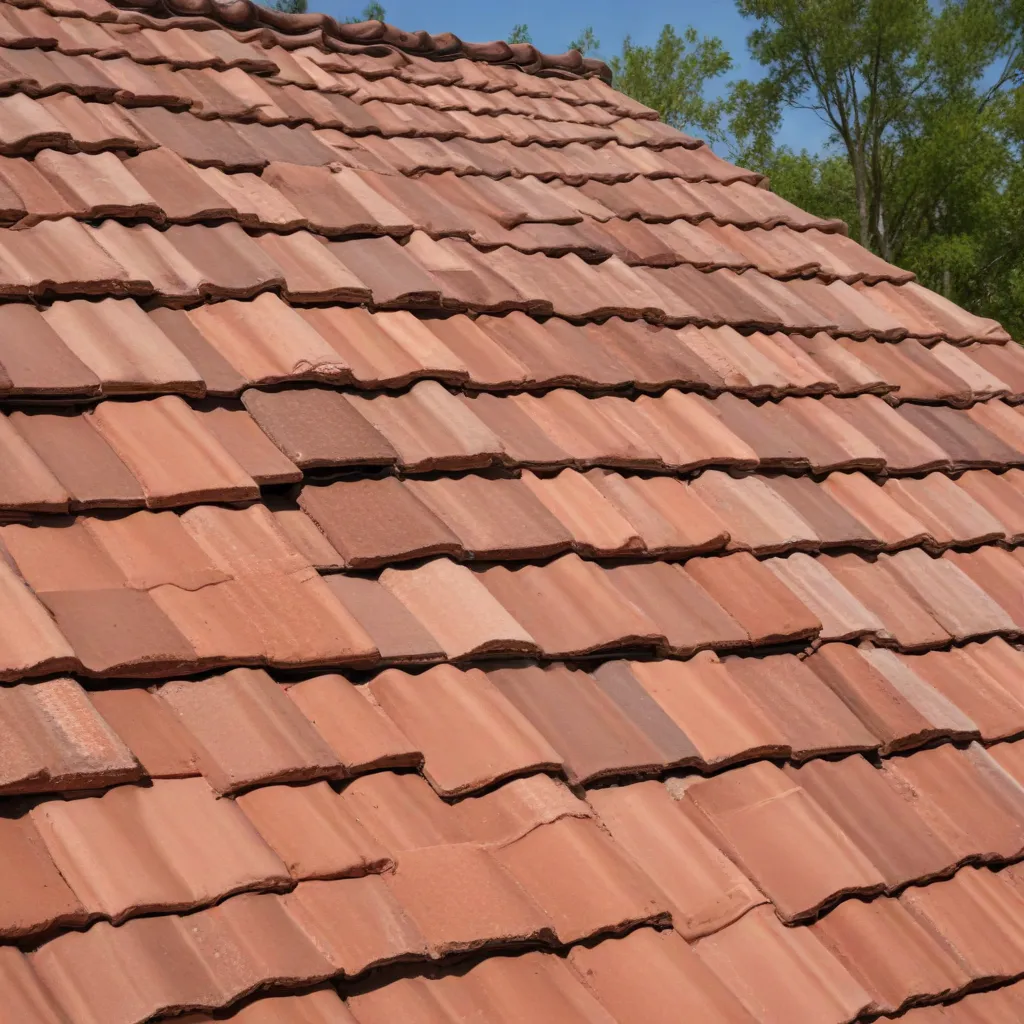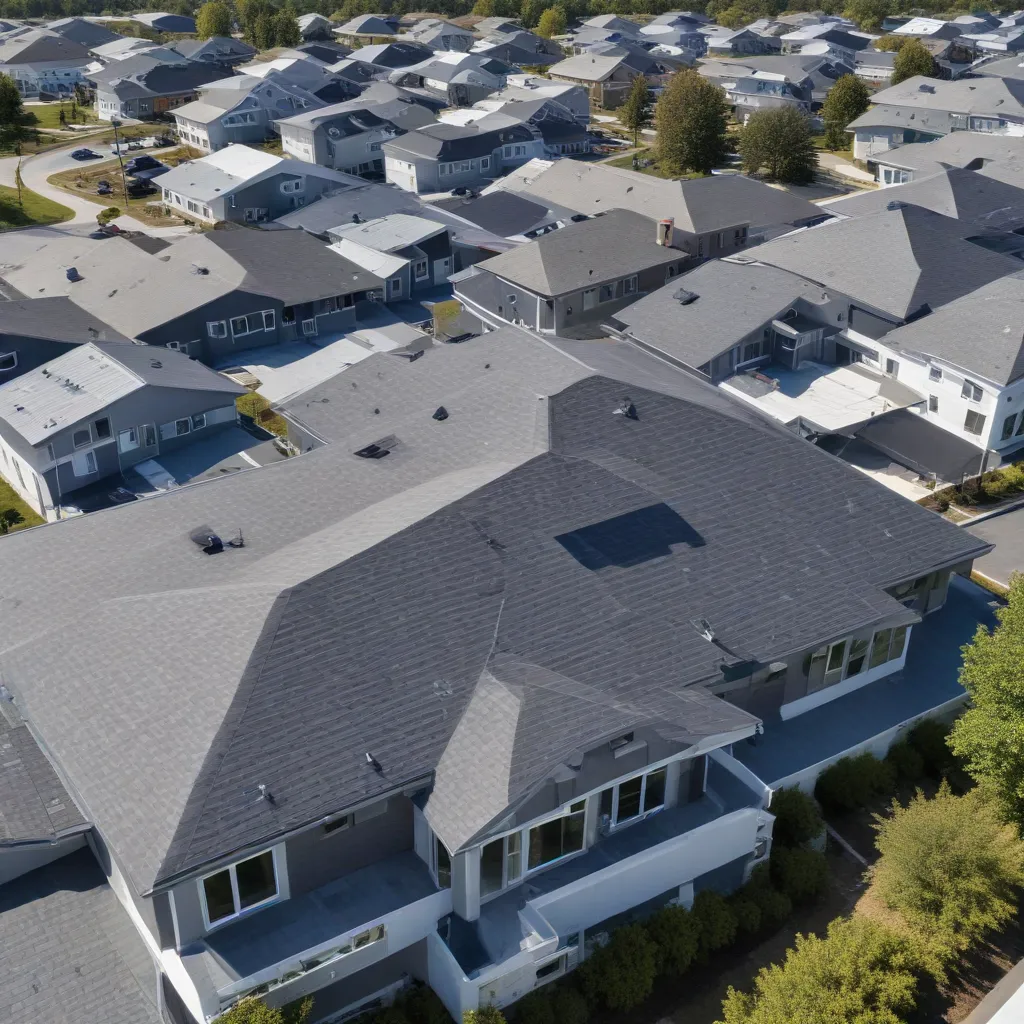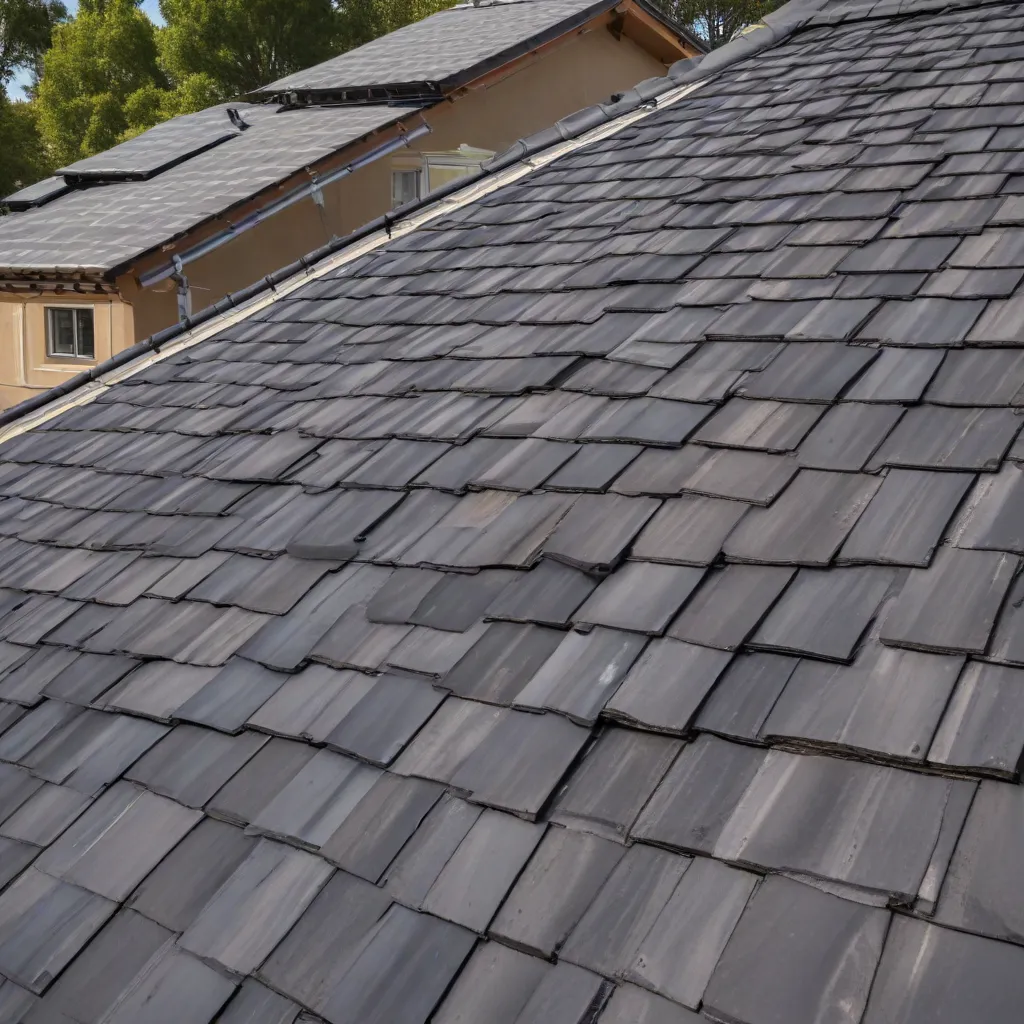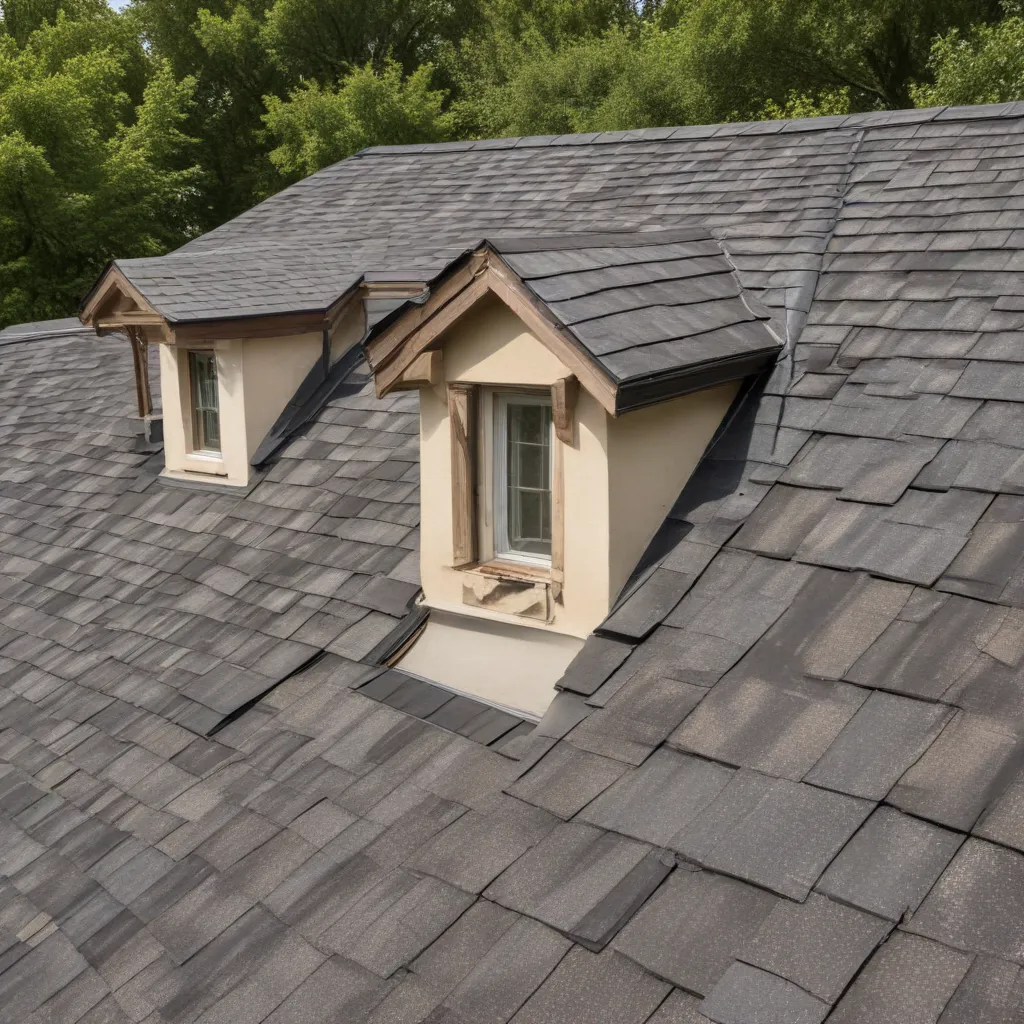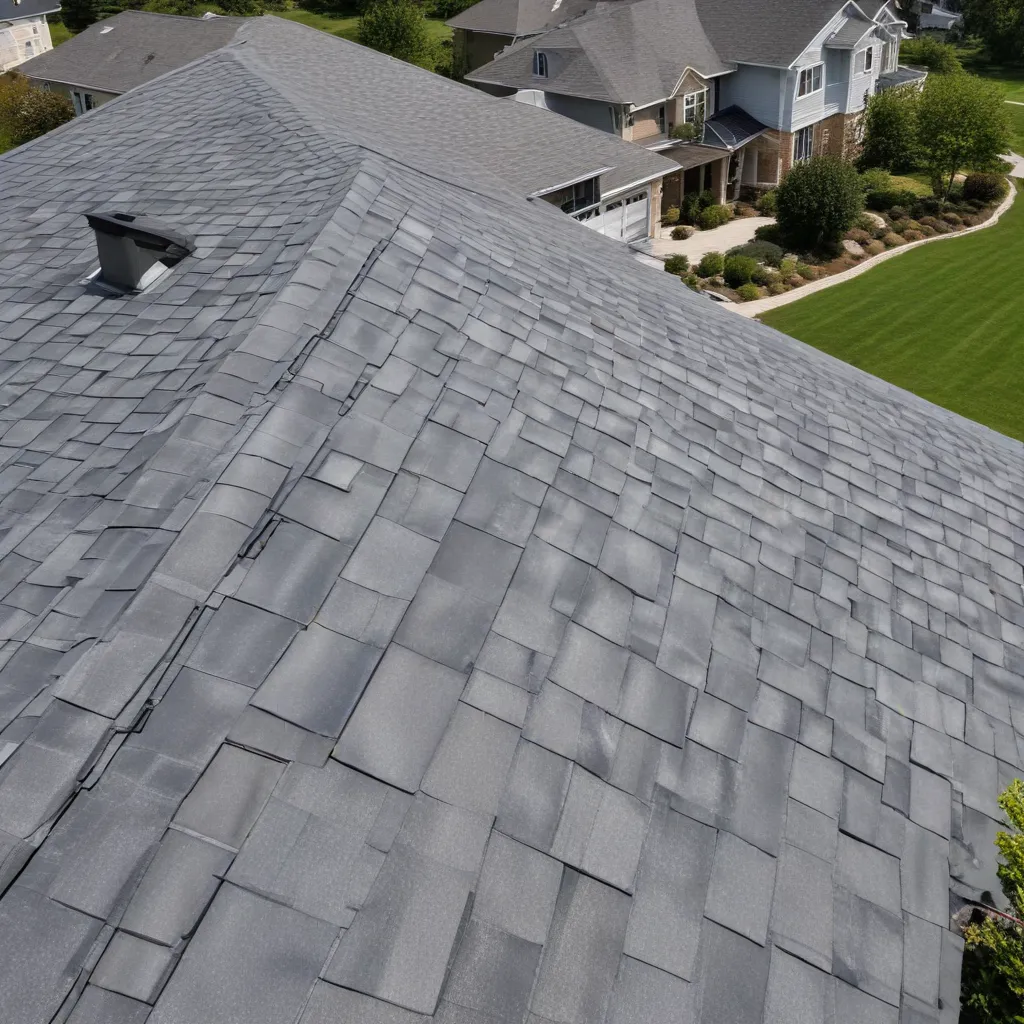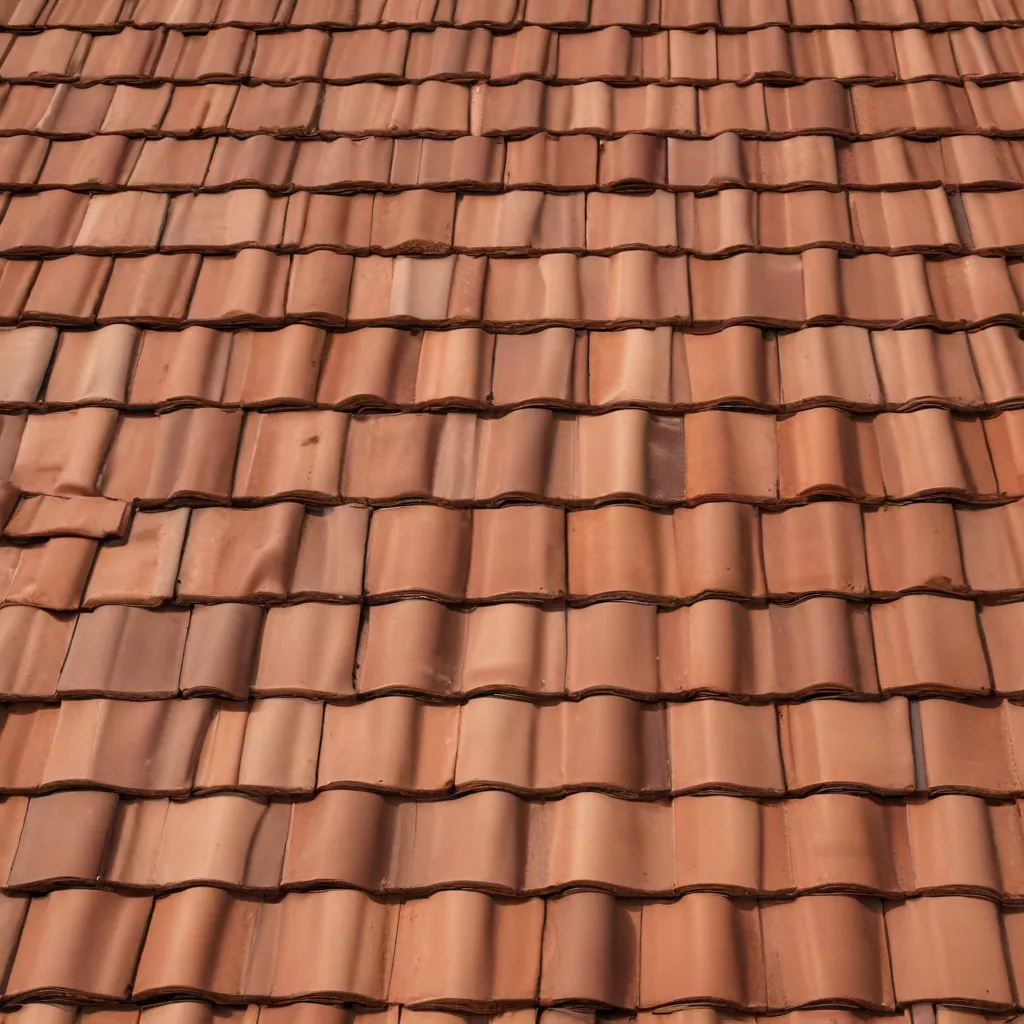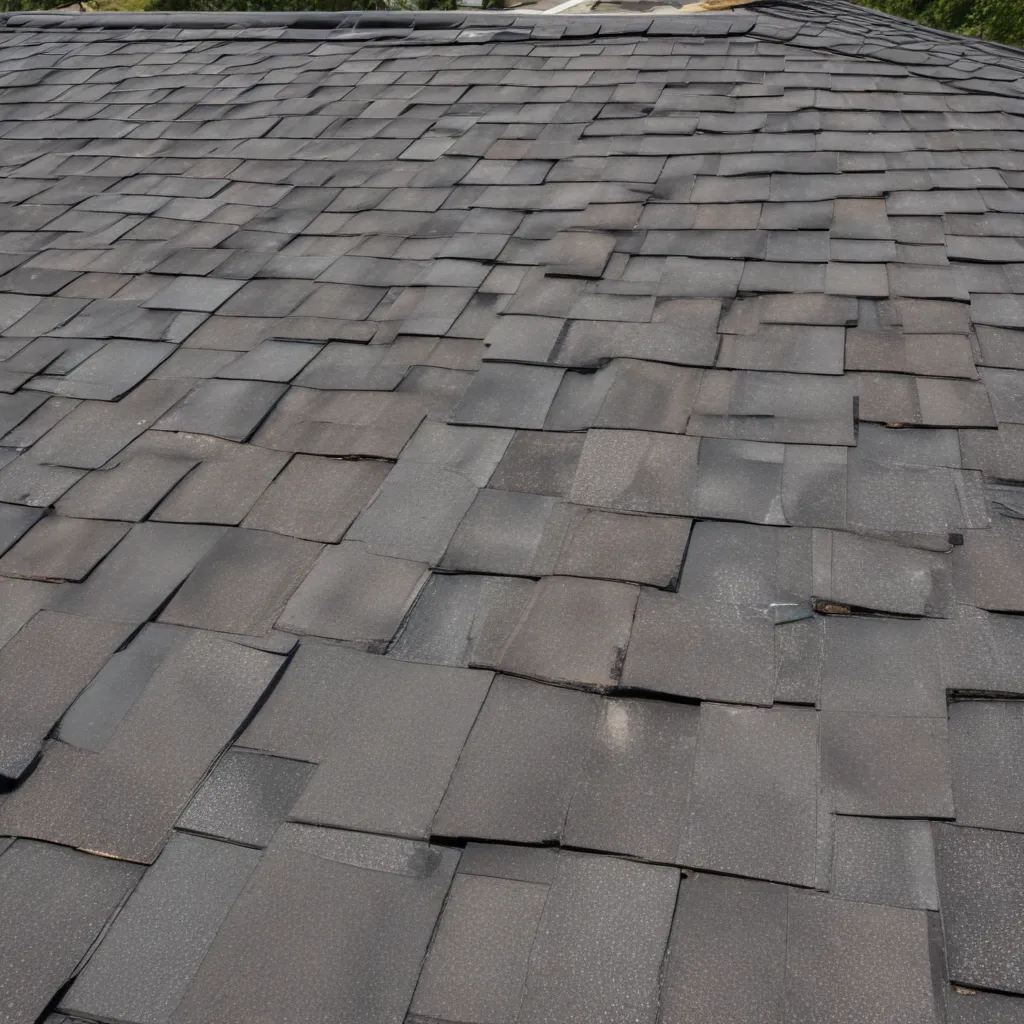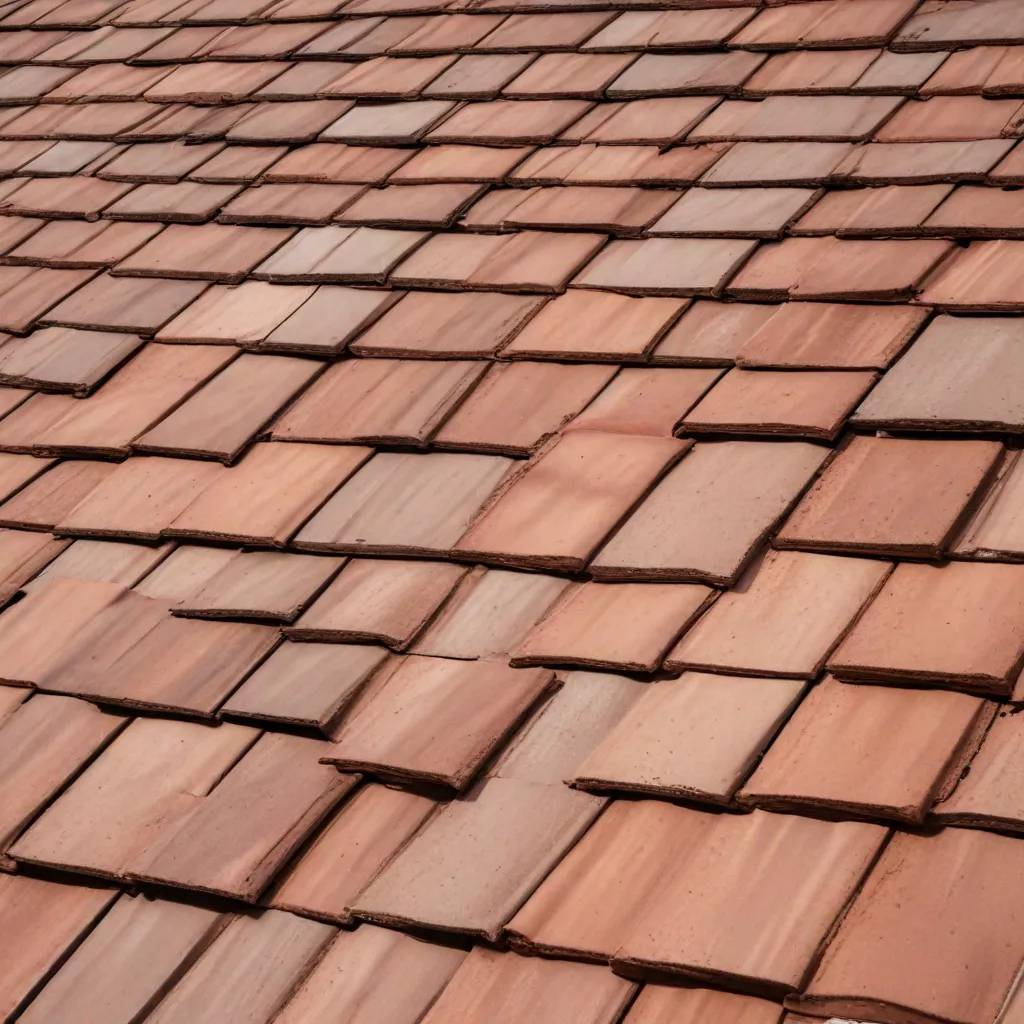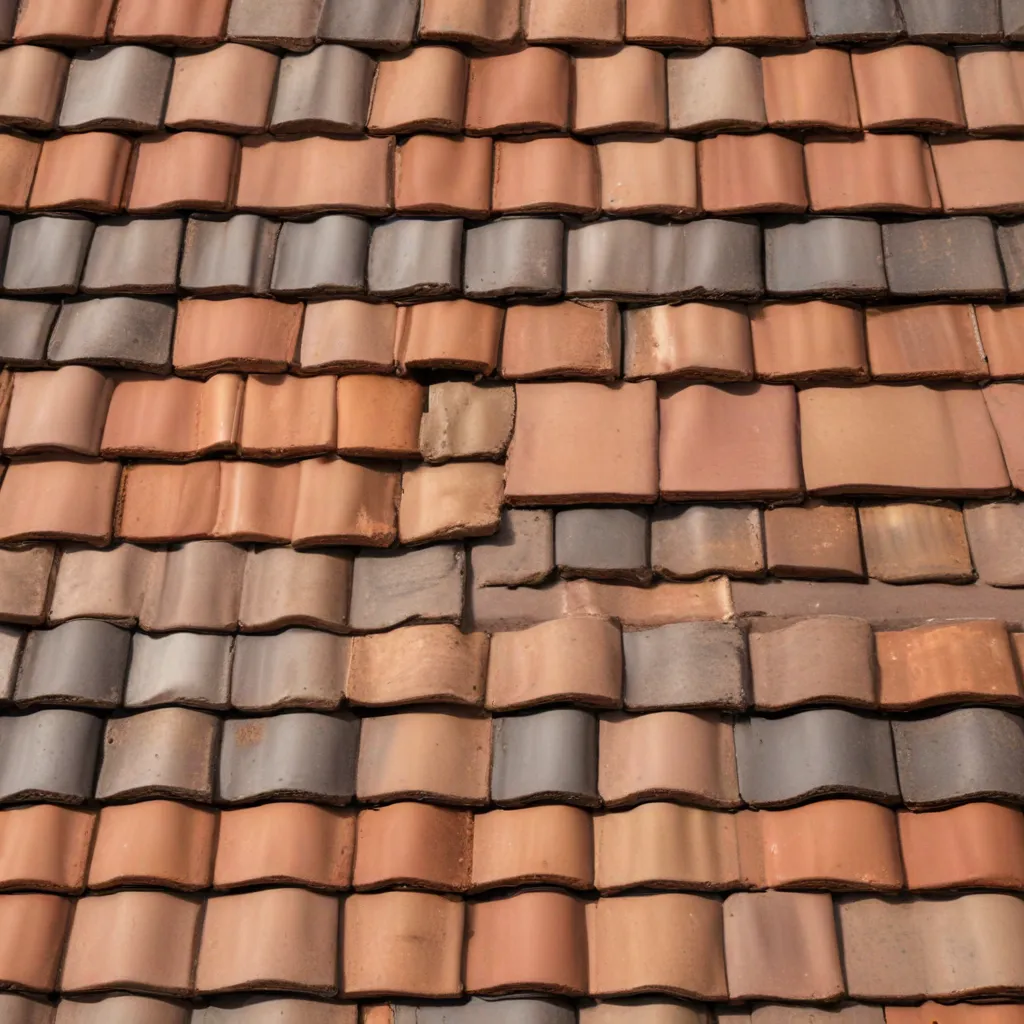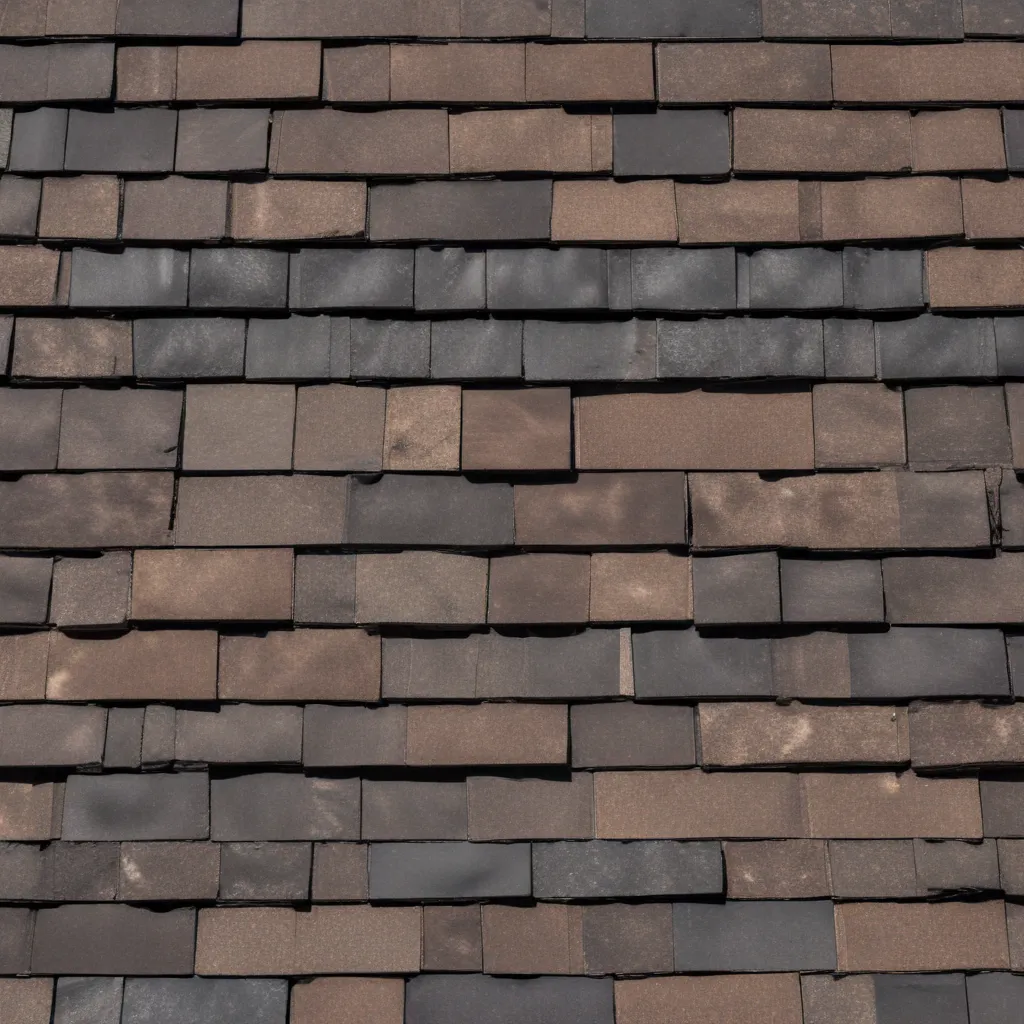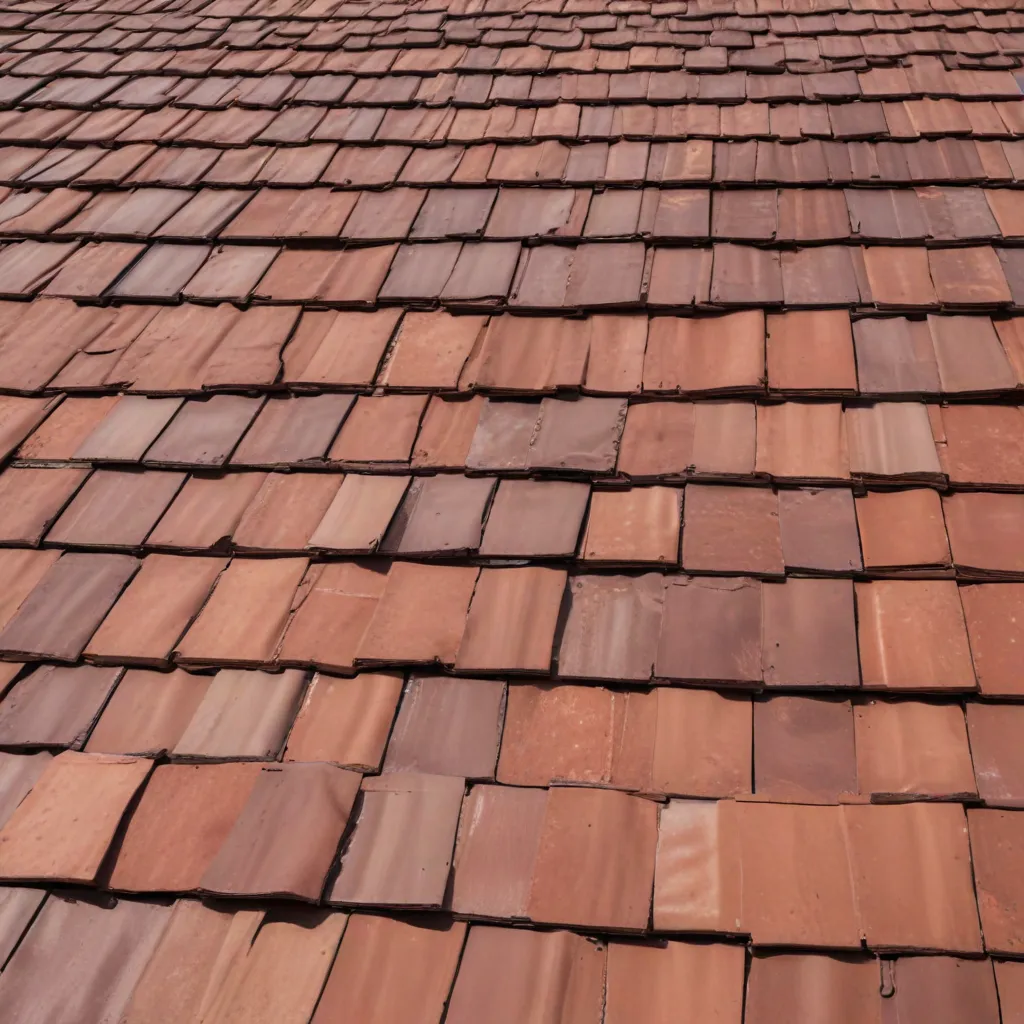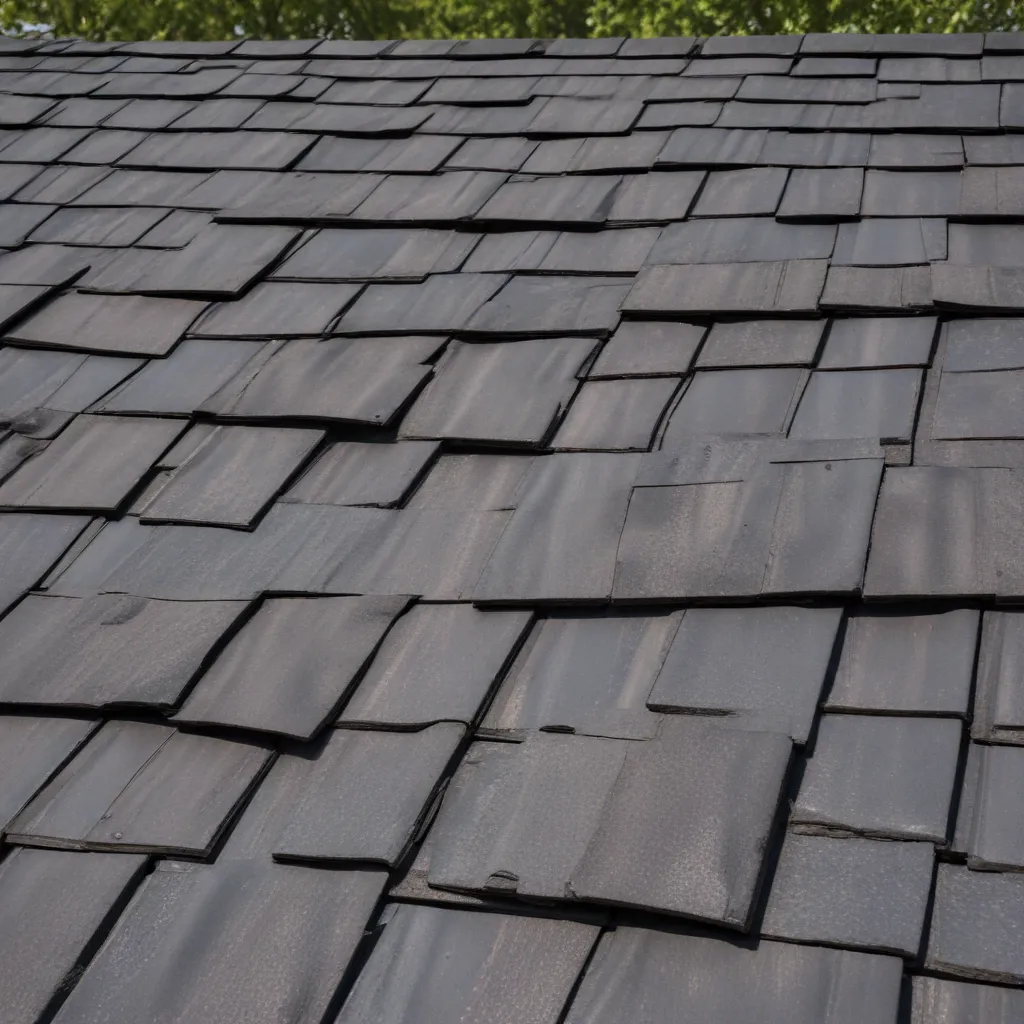
As an experienced roofing specialist, I’m thrilled to share the benefits of composite roofing – a innovative and environmentally-conscious option for homeowners looking to enhance the durability and aesthetic appeal of their homes. Composite roofing materials, which blend various synthetic and natural components, offer a compelling alternative to traditional asphalt shingles, providing long-lasting protection, design flexibility, and a reduced environmental footprint.
Sustainability Benefits
Sustainability has become a top priority for many homeowners, and composite roofing delivers on this crucial front. Unlike petroleum-based asphalt shingles, composite materials often incorporate recycled plastics, rubber, or wood fibers, diverting waste from landfills and reducing the demand for virgin resources. This eco-friendly approach not only benefits the environment but also aligns with the growing consumer preference for greener building solutions.
Moreover, the extended lifespan of composite roofing – typically 30 to 50 years – means fewer roof replacements over time, further minimizing the environmental impact. Many composite shingles are also designed to be recyclable at the end of their service life, ensuring a continuous cycle of sustainable reuse.
Beyond material composition, composite roofing can also contribute to energy efficiency. Some composite products feature specialized coatings or pigments that enhance thermal emissivity, allowing the roof to reflect a greater portion of the sun’s heat. This can lead to reduced cooling costs and lower carbon emissions, making it an attractive choice for homeowners seeking to reduce their environmental footprint.
Durability and Longevity
One of the key advantages of composite roofing is its exceptional durability and longevity. Composed of a blend of materials, including fiberglass, resins, and reinforcing fibers, composite shingles are engineered to withstand the rigors of weathering and environmental stresses better than traditional asphalt alternatives.
Weather resistance is a critical concern for homeowners, especially those living in regions prone to harsh conditions. Composite shingles are designed to provide superior protection against heavy rain, high winds, and even hail, making them a reliable choice for homeowners seeking a roof that can stand up to the elements. In contrast, asphalt shingles may be more susceptible to damage from extreme weather events, requiring more frequent repairs or replacements.
In addition to weather resistance, composite roofing also boasts impressive impact resistance, which can safeguard your home from falling debris, tree branches, or other potential sources of physical damage. This added layer of protection can give homeowners peace of mind, knowing their roof is built to withstand the unexpected.
Furthermore, the low-maintenance nature of composite roofing is a significant advantage. Unlike asphalt shingles, which may require regular inspections and occasional repairs, composite roofing materials are less prone to issues such as cupping, curling, or algae growth. This translates to reduced maintenance costs and hassle over the lifespan of the roof, allowing homeowners to enjoy their investment with minimal upkeep.
Material Composition
The unique composition of composite roofing is what sets it apart from traditional roofing options. These materials are typically made from a combination of polymers, resins, and reinforcing fibers, resulting in a durable and versatile product.
Polymers, such as polypropylene or polyethylene, provide the base structure and resilience of composite shingles, while resins (often derived from sustainable sources like soybean or vegetable oils) act as a binding agent, holding the materials together. The addition of reinforcing fibers, often made from glass or synthetic materials, further enhances the strength and durability of the final product.
The manufacturing process for composite roofing involves specialized techniques that blend these components, often in a high-temperature, high-pressure environment. This ensures the materials are fully integrated, creating a cohesive and long-lasting roofing solution.
Aesthetic Considerations
In addition to their impressive performance attributes, composite roofing materials excel in the realm of aesthetics, offering homeowners a wide range of design possibilities to complement their home’s architectural style.
Unlike the more limited color and texture options of traditional asphalt shingles, composite roofing can mimic the appearance of high-end roofing materials, such as wood shakes, slate, or even metal. This design versatility allows homeowners to seamlessly integrate their new roof with the overall aesthetic of their property, whether they’re seeking a classic, contemporary, or rustic look.
Moreover, the customizable nature of composite roofing enables homeowners to choose from a diverse palette of colors, ranging from rich earth tones to vibrant hues, ensuring a perfect match for their home’s exterior. This level of design flexibility can be a game-changer for homeowners looking to enhance their property’s curb appeal and overall visual harmony.
Navigating the Roofing Landscape
As you consider your roofing options, it’s important to weigh the unique advantages that composite roofing offers. While the initial investment may be higher than traditional asphalt shingles, the long-term benefits of enhanced durability, energy efficiency, and aesthetic appeal can make it a worthwhile investment.
When exploring composite roofing solutions, be sure to work with a reputable roofing specialist, such as the team at Genuine Roof Systems, who can provide personalized guidance and ensure a seamless installation process. Their expertise can help you navigate the nuances of roofing materials, warranties, and local building codes, ensuring your new roof delivers the performance and aesthetic you desire.
Ultimately, the decision to choose composite roofing for your home should be based on a holistic evaluation of your needs, budget, and long-term goals. By prioritizing sustainability, durability, and design, you can create a roof that not only protects your most significant investment but also enhances the overall beauty and value of your property.

